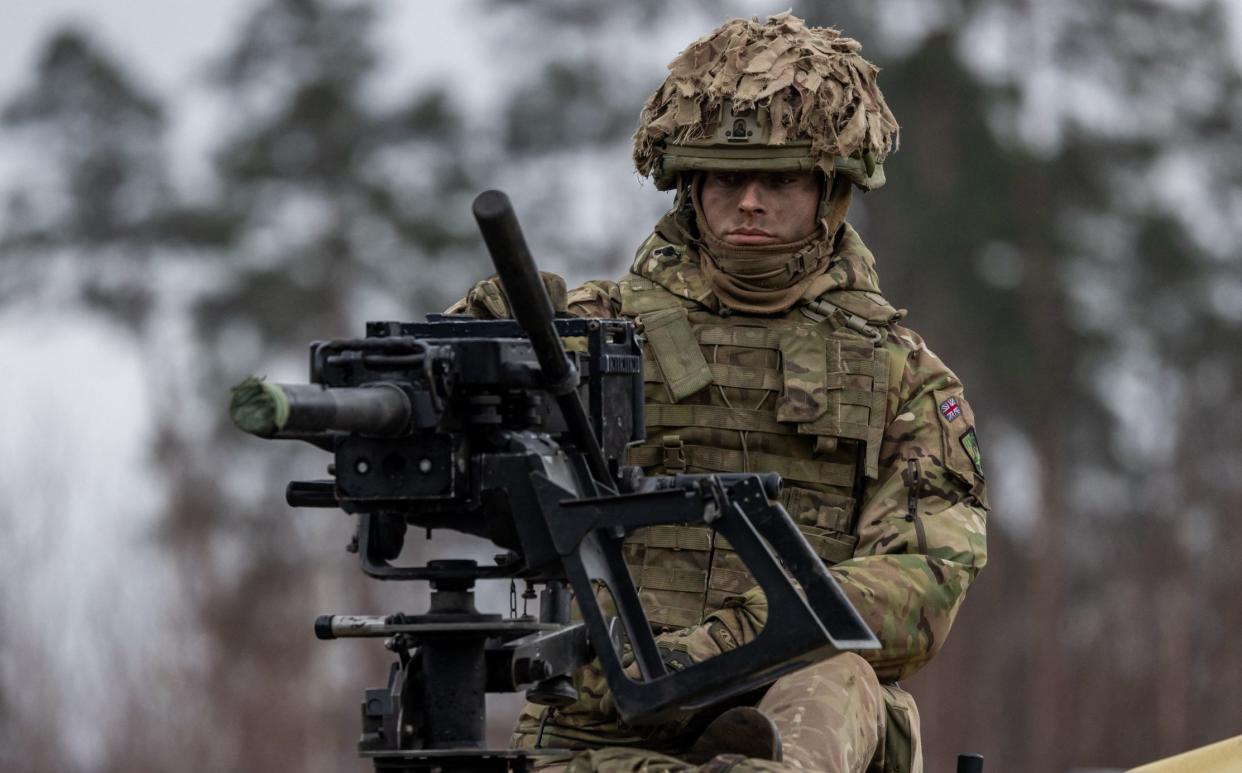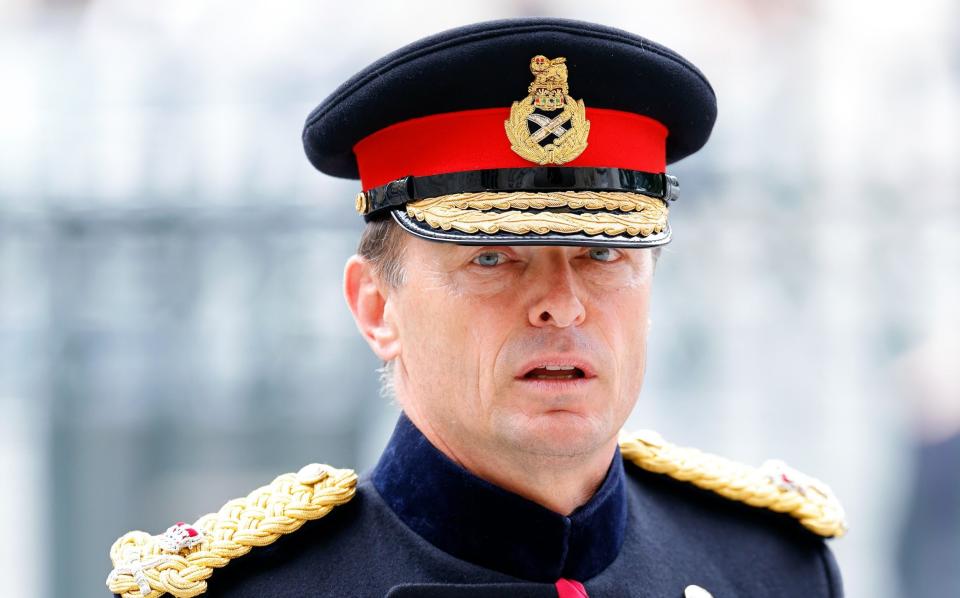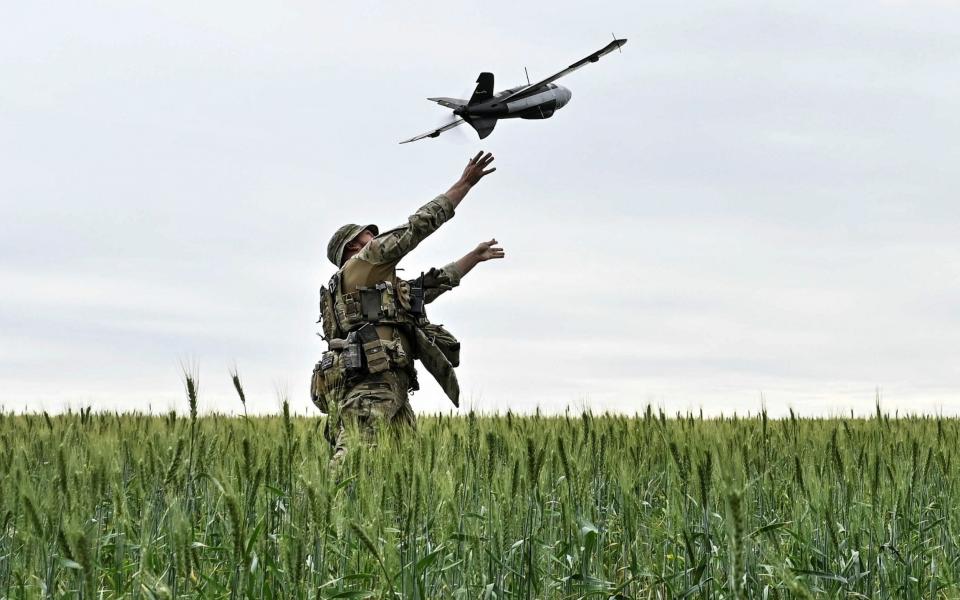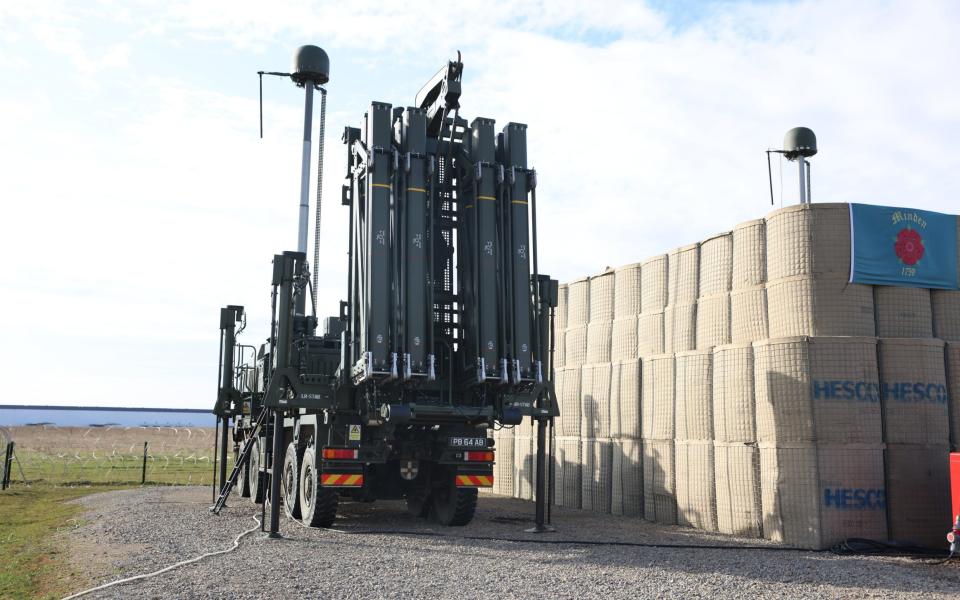Eight ways to make the British Army more lethal

The new head of the British Army, General Sir Roly Walker, has declared in an opening salvo to whichever party wins next week’s election that he wants to double the military’s lethality.
Gen Walker, a former member of the SAS, believes that “the only real measurement of an army is its fighting power”. And he believes that his challenge as the new Chief of the General Staff is to “double that lethality in three years and treble it by the end of the decade”. But if it is to be doubled, precisely how is this to be done?

Increase the size of the Army
The first and most obvious way of doubling the lethality of the Army might be simply to double the number of high-quality troops. By 2025, the Army will be reduced in size to a miserly 72,500 personnel – reportedly the lowest number for more than 200 years. Given that in May, Russia was sustaining 1,200 casualties a day – killed and wounded – the British Army could be expected to become operationally ineffective within a month if it sustained losses at a similar rate.
On the battlefield, size does matter, and quantity is said to have a quality all of its own. But the price of doing so would be huge. In 2021 the annual cost of employing a soldier was £47,352 – meaning a potential additional cost of billions per year to double the size of the Army.
Adopt drone warfare
The war in Ukraine and the conflict in Gaza have both demonstrated the importance of this new type of warfare, where £50 drones equipped with relatively small amounts of explosives have been used to destroy tanks and armoured vehicles. So the potential is huge. Mass drone attacks could be used to defeat air defence systems and target lines of communication, creating mayhem in areas thought safe.
But drone warfare is accelerating at an alarming rate which makes procurement a nightmare given that equipment purchased today and delivered next year could easily become obsolete before it is even used. Gen Walker will have to find a way of squaring that circle.

Keep upgrading long-range fires
Gen Walker referred to the importance of long-range fires in his statement. By this, he means rocket systems capable of hitting the enemy in the rear, disrupting supply lines and destroying troops in devastating missile strikes.
Currently, the Army is reliant on the Royal Artillery’s 44 Multiple Launch Rocket System (MLRS). These are now being upgraded to provide a greater range – up to 150km from 84km. Once upgraded, the MLRS system will also be able to fire the US’s Precision Strike Missile (PrSM), which has a range of 499km and is expected in service from 2024. The lethality of these killing machines cannot be underestimated – but he will want more of them.
Don’t forget air defence
Air defence is vital to protect troops, tanks and equipment operating on the ground from air attack and missile strikes. Unfortunately, according to the well-respected defence analyst Francis Tusa, the British Army’s air defence capability is virtually “non-existent”. “The Army’s air defence is composed of the long-range Sky Sabre missile system and the short-range Star Streak,” he says. “These are both capable weapon systems – we just don’t have enough of them. Sky Sabre is currently deployed in Poland and the Falklands and there are around five launchers in the UK.” The launcher is the vehicle which carries the missile launch system.
As well as the Sky Sabre systems, the Army is also equipped with around 150 short-range Star Streak air defence missile launchers. Star Streak is a shoulder-launched air defence missile, which can also be fitted to vehicles. Tusa adds: “If the Army deployed in Ukraine today without any air defence, it would last about three weeks.”

Invest in electronic warfare
During the Cold War, electronic warfare (EW) was a big deal. In recent years, EW is a capability, which Tusa believes, has “withered on the vine”. But now it’s being treated seriously again. EW is all about disrupting your enemy’s ability to communicate via radio, computer and digital communications. It basically comes down to trying to listen into what your enemy is planning via their various means of communication and then disrupting those plans through jamming operations.
Tusa explains: “EW has once again become significant, especially against a technically capable adversary. Jamming operations will once again be vital. EW wasn’t hugely important in Afghanistan but it will be in the future.”
Make the Army like the Special Forces
The UK’s Special Forces are one of the few strategic assets that have successfully managed to insulate themselves from decades of defence cuts. Gen Walker has said he wants to make the Army more like the SAS – but that is a big ask. The Special Forces select the very best personnel the British army has to offer and then trains them to conduct covert operations in small teams, often deep behind the enemy lines. The SAS is able to do this because it has almost limitless resources, allowing for personnel to train in different environments around the world and with access to the very best weapons.
Stockpile enough ammunition to fight a lengthy war
Once upon a time, the Armed Forces used to have a network of vast underground bunkers packed with ammunition ready for use if the Cold War went hot. Today, the Armed Forces are reliant on a series of just-in-time contracts, with the defence industry designed to deliver enough ammunition just when it is needed.
Unfortunately, this isn’t working in quite the way it was hoped. The chronic shortages of 155mm ammunition and replacing 6,000 NLAW anti-tank systems, which were largely given to Ukraine, were highlighted earlier this year in a Defence Select Committee report. Any hope of making the Army more lethal would mean that having adequate stocks of all forms of ammunition would be vital. Gen Walker wants better communication between the defence companies and what the Army actually needs on the front line. If this means embedding soldiers with contractors then why not?
Build more tanks

Few weapons systems define lethality more than a modern 50-ton tank, and Britain, so the Ministry of Defence claims, will have one of the world’s best in the form of the Challenger 3 – the upgraded version of the Challenger 2. The new tank is due in service in 2025. The tanks will have better armour, more sophisticated sensors and a powerful smooth-bore gun, Unfortunately, the Army will only be equipped with 148.
Although the internet is full of images of Russian tanks being destroyed by handheld anti-tank weapons and drones, Colonel Philip Ingram, a former Army Intelligence Officer, believes heavy armour will be crucial in any future state-on-state war. He says: “The Army needs to be able to deploy an armoured division of around 15,000 to 20,000 troops. Any view that this can be done on the cheap or without growing the Army’s heavy armour capability is ridiculous.”

 Yahoo News
Yahoo News 
